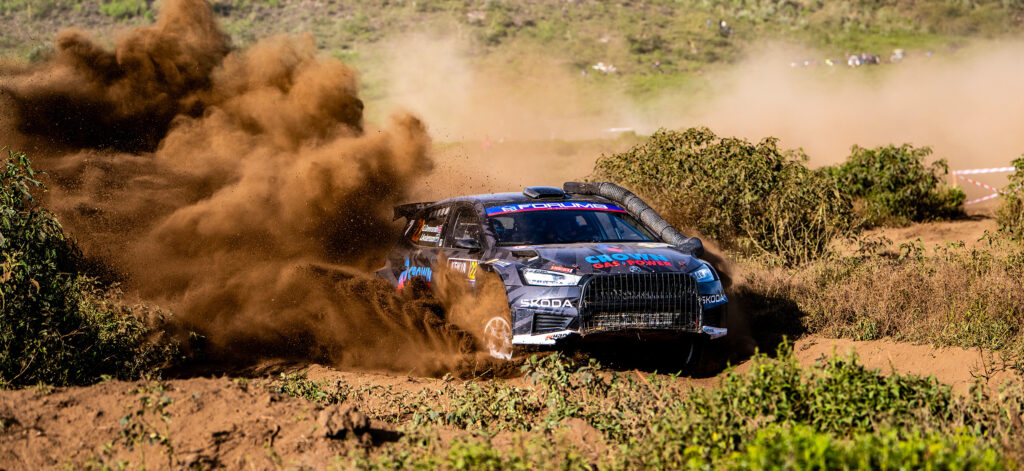After the cancellation of the Rally China following flood damage to the roads, the World Rally Championship (WRC) resumes on 29th September with Round 11, the Tour de Corse. Taking place all across the spectacular French Mediterranean island of Corsica, this French round of the WRC is a long one with a total competitive distance of almost 391 km, spread across just 10 special stages.
The Tour de Corse was a regular on the WRC calendar from 1973 to 2008, but then after a year’s absence because of rotation, the event was moved to the Alsace region of French mainland in 2010. It returned to Corsica last year, but this year’s rally has plenty of new features.

Around 70% of the route is new this year and the overall event is about 20% longer too. This means most teams will be coming at this event from scratch and will have to create all new pace notes and get used to the narrow and treacherous mountain roads quickly.
The Tour de Course will start this year in Ajaccio, on the west coast of the island, on the evening of Thursday 29th September. There are then two west coast stages to contend with twice on the Friday, with the added challenge of no service being available. There is only a tyre change after the first two stages available.
If the teams and their cars can get through that, the Saturday will also see two stages being driven twice. These stages, in the north of the island, are very long and drivers will complete a total of 169 km if they make it to the end of the day.

The final day sees the action move to the east of the island, with a monster – almost 54-km long – stage, followed by the final power stage and finish, which this year is in the town of Porto-Vecchio.
It can be a grueling rally for both drivers and cars. Long stages and countless corners require stamina and concentration from both driver and co-driver. Many of the roads are narrow and the slightest error by either can lead to serious problems. On narrow roads, even small accidents can be very unforgiving, and some routes on this course have drivers with solid rock to one side and a cliff dropping away to the sea to the other.
With the rally taking place across the whole island, road conditions can vary markedly, even within the same stage, and this makes setting up the vehicle very difficult. Engineers will have to make a judgment call on the set-up and compromises will have to be made. Teams that manage to adapt their car most effectively are the ones most likely to do well here.

The asphalt roads mean that one setting all cars are to go with is the asphalt suspension, which will be set low to provide more balance and stability to the vehicles. Meanwhile, teams will also have to work to preserve their tyres as the asphalt roads here can be rough and tyres can wear down very quickly.
The Tour de Corse promises to be a long, intense, and spectacular rally and there will be plenty of teams looking to pit their ŠKODA FABIA R5 against all the challenges it offers. We will be following the action closely and you will be able to as well, right here on the ŠKODA Motorsport website and via ŠKODA Motorsport’s social networks channels.





